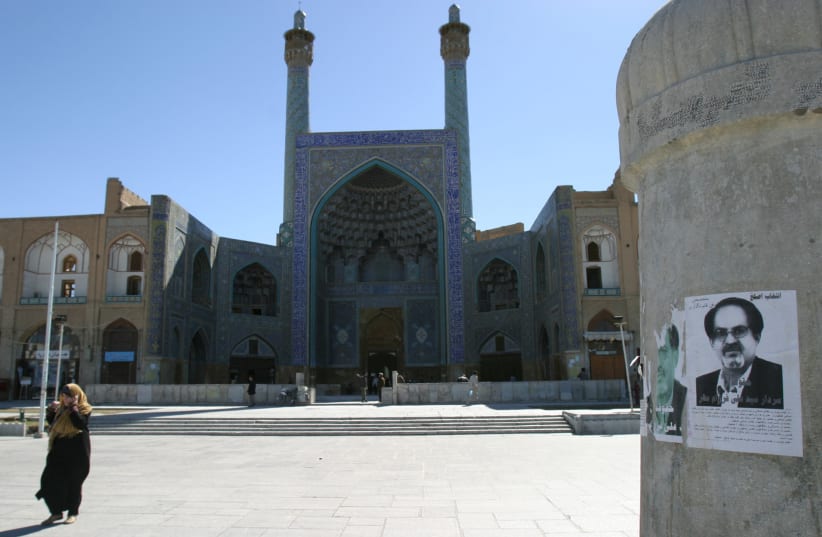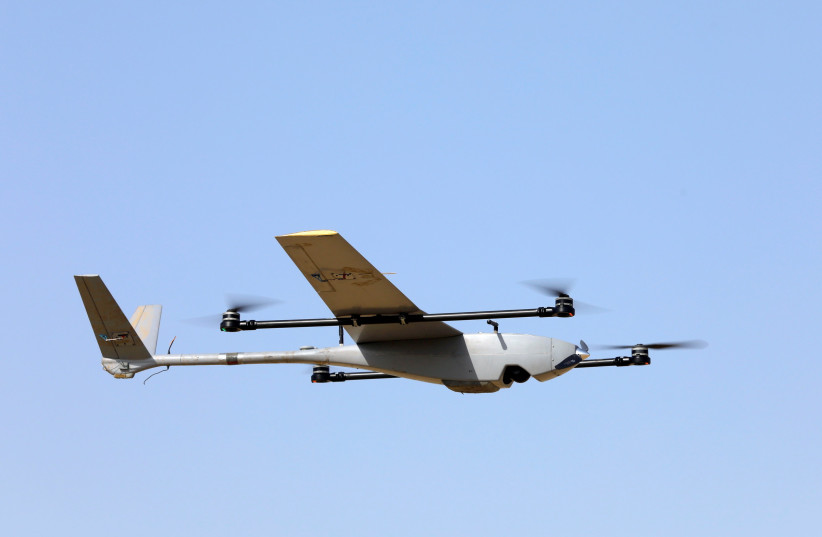An Israeli drone attack on Isfahan was a success, claimed Western intelligence and foreign sources, The Jerusalem Post reported Sunday. The Wall Street Journal also reported, “Israel carried out a clandestine drone strike targeting a defense compound in Iran, according to US officials and people familiar with the operation.”
The US has said it was not behind the attack in Iran.
These reports raise many questions about the incidents in Iran on Saturday night. What is clear is that most reports point to the use of drones. At the same time, Ukraine, which has been a victim of Iranian drones exported to Russia, has also become part of the story because Mykhailo Podolyak, a senior adviser to Ukrainian President Volodymyr Zelensky, tweeted, “Ukraine did warn you.”
Drone wars are developing in the region, although they have been used in warfare for decades, with Israel pioneering the use of drones in the 1980s. Then, drones were mainly used for surveillance, enabling countries to see what was happening on the battlefield without risking pilots.
Drones have developed a lot since then and have been segmented into different types. There are now large drones, such as the US Global Hawk, which can fly thousands of miles at high altitudes, and there are micro-drones, which can be used by soldiers on the battlefield and have a flying time of half an hour and a short range.
The major development is that countries such as Iran and China have gotten into the drone business. Whereas Israel and the US used to dominate the global drone market, making systems such as the Predator and the Reaper in the US and the Heron and Hermes in Israel, many countries are making drones today.
What has happened is that Iran’s drone program – which focuses mostly on kamikaze drones that fly one-way missions and where the drone itself is the weapon – has impacted the war in Ukraine.
Russia imported Iranian Shahed drones and used them to target Ukrainians, mostly civilians. This has tightened the Russia-Iran alliance and raised concerns that Iran may receive technology from Moscow in return. That could boost Iran’s missile and nuclear program.
Israel has been facing Iranian threats for years
Israel, which has been facing Iranian threats for decades, now finds its concerns validated. Other countries now know the Iranian drone threat is important. The drones now threaten ships in the Gulf of Oman, and they threaten Saudi Arabia and the Gulf, Israel and US forces in Syria.
Last week, drones in Syria targeted the US garrison at Tanf – likely a drone attack by pro-Iranian groups. The claims that drones were used in Iran to strike Isfahan show how drones are now used everywhere in the region and that, in a rare incident, are used to take out a drone or munitions factory linked to Iran’s manufacturer of the hardware.
We are now reaching the era where countries will use drones against drones.
In the past, pro-government Iranian media accused Azerbaijan of hosting Israelis and posing a threat to Iran because of Azerbaijan’s proximity. This seems to indicate that Iran views Baku with suspicion.
Iran’s allies in Iraq have made similar claims in the past about drones flown from Azerbaijan.
“Shia militants in Iraq claimed that Israel has used drones launched from Azerbaijan to attack targets in the north and center of the country – areas which regional officials say have become transit hubs for weapons being sent to Iranian positions near Israel,” The Guardian reported in 2019.
There will be increased drone threats to countries in the region, in addition to rumors being spread about where and how drones are used. This will lead to more paranoia in Iran and also could fuel Tehran’s attempt to retaliate for the Isfahan incident. Iran will likely use its own drones for any kind of retaliation. In the past, it struck at ships in the Gulf of Oman and used drone bases in Chabahar for those attacks.
The Iranian-backed Houthi group in Yemen, which also has drones, recently bashed Israel during a rise in tensions with the Palestinians. The abilities and widespread use of drones in the Middle East now mean that more tensions and battles will be conducted with these systems, including many incidents where the type of weapon used and who is behind the attack is not clear.
Iran, for instance, thrives on sending its drones to Yemen, Lebanon, Syria and Iraq and lets them be unleashed by local proxies. That is also why it sent them to Russia.

